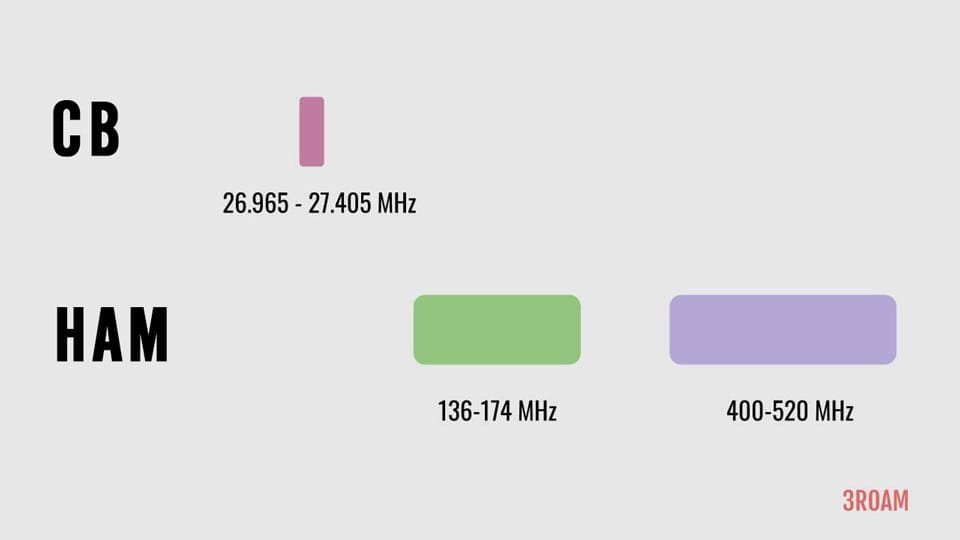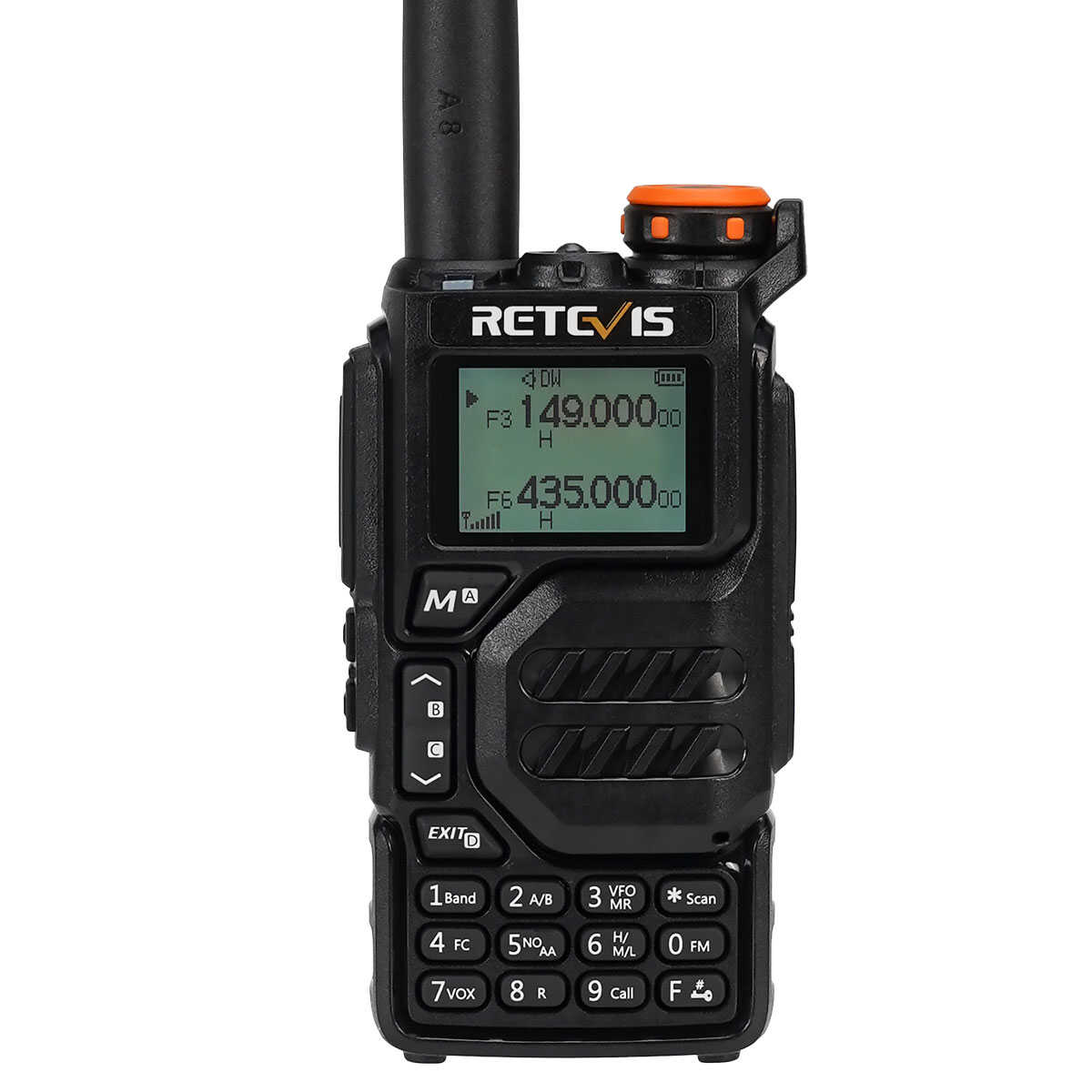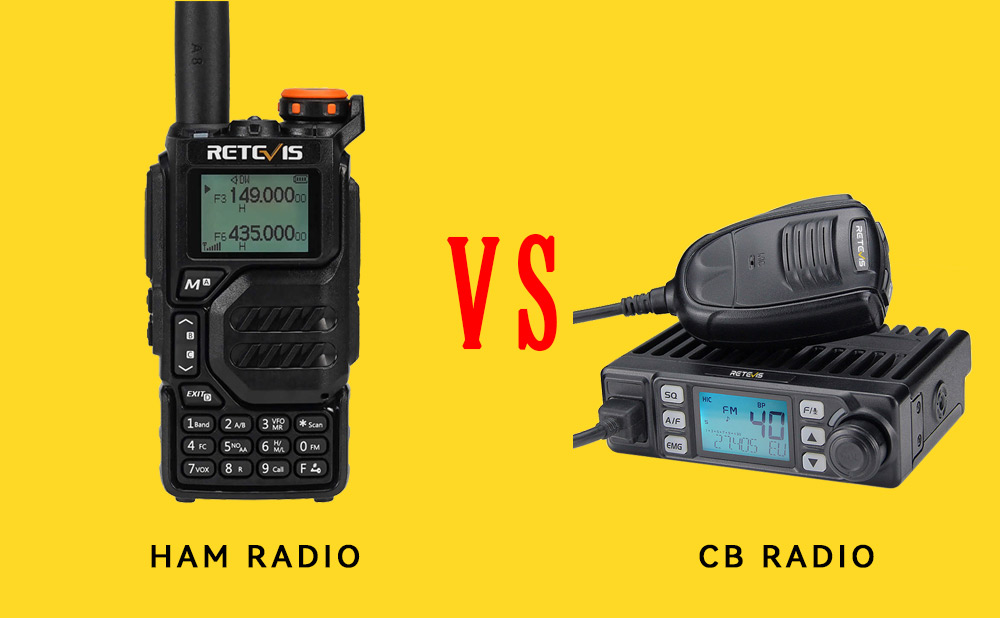When it comes to radio systems in the US, Citizens Band (CB) and Amateur radio are the most popular and widespread, but what’s the difference? In this article we’ll compare and contrast CB Radio and Ham radio and their uses!
CB Operating Frequencies
CB can use any of 40 different channels in the 27 MHz band. The frequency range is 26.965 MHz – 27.405 MHz. It’s a very narrow range and the highest frequency of 27.405 MHz is much lower than the minimum operating frequency of HAM – 136 MHz.
CB cannot be reprogrammed to operate at higher frequencies.

As can be seen from the table above, the frequency range of the HAM radio varies between 136 MHz and 480 MHz with gaps in between. CB on the other hand, operates from 26.965 MHz-27.405 MHz. There is no overlap in the frequency ranges. As well neither radio can be tuned or reprogrammed to change the range. As a result HAM radios will not be able to broadcast or communicate with CB.
Summary
In the most simplest form, the difference between CB and Ham comes from power output. Ham radio uses a much higher power output compared to CB, allowing further communication to other states and even around the world. CB tends to operate at most at about 4 watts while Ham can go up to 1500 watts. This further communication comes at a cost, quite literally. To operate a Ham radio one needs to take a test to acquire a license through the Federal Communications Commission (FCC).
CB does not need a license to operate in the present day but also tends to stay fairly local in terms of communication. That said, a Ham radio cannot speak on the frequencies used by CB. Since CB is also more accessible to people as it doesn’t need a license, many local events will opt for CB instead of Ham radio.
We hope you found this comparison between CB and Ham radio interesting and insightful on your own system! At CB Supply, we are here for all your radio needs and offer a wide range of customer service!

Views: 8

